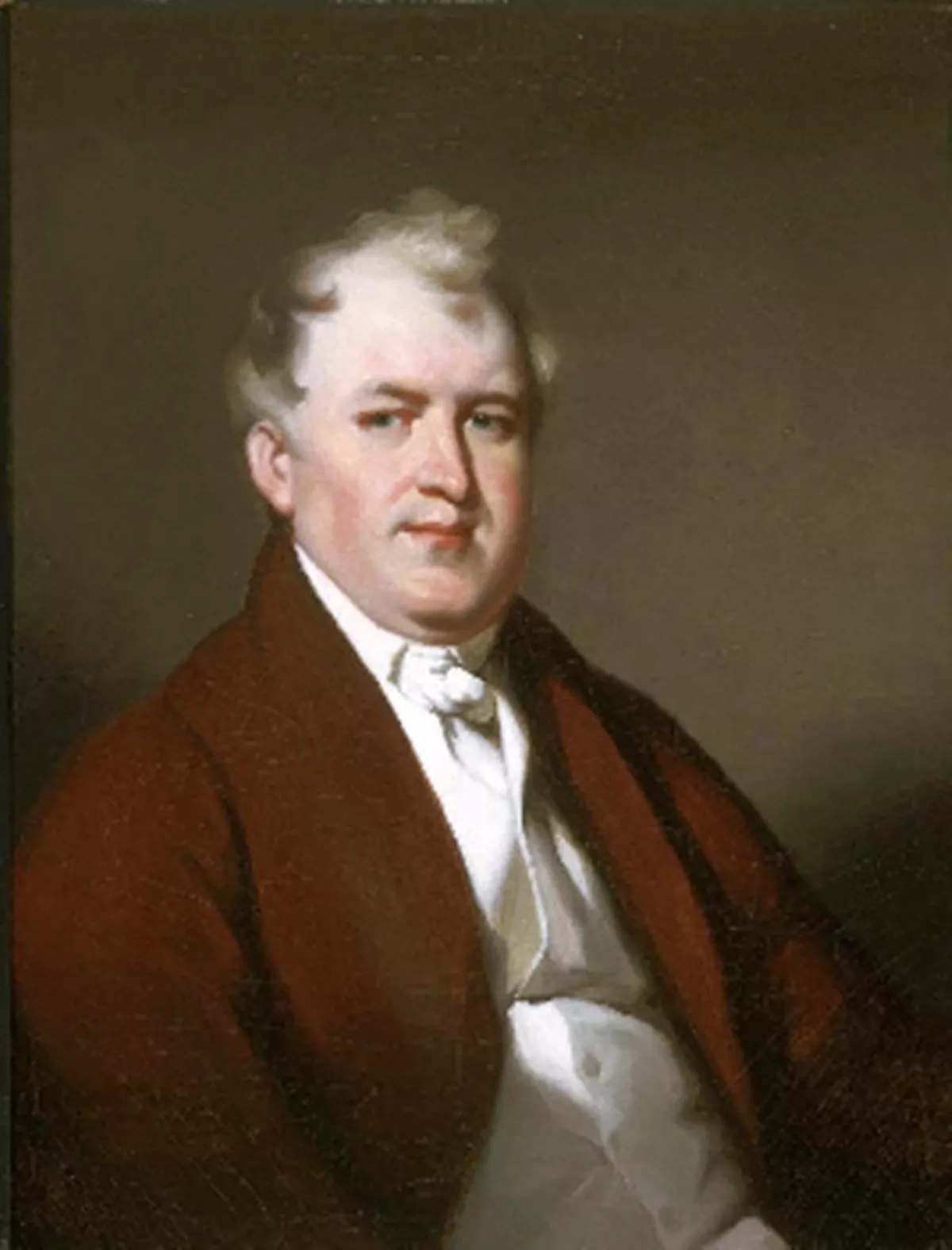 1.
1. Nathan Dunn was an American businessman, philanthropist and sinology pioneer who accumulated a large collection of Chinese artifacts while running a trade business in Canton, China for 12 years.

 1.
1. Nathan Dunn was an American businessman, philanthropist and sinology pioneer who accumulated a large collection of Chinese artifacts while running a trade business in Canton, China for 12 years.
Nathan Dunn's father died in 1782 at the age of 39.
In 1816, Nathan Dunn was disowned by Philadelphia Monthly Meeting of the Society of Friends for bankruptcy.
However, John Field, one of his creditors, proposed a way for Nathan Dunn to pay down debt through the creation of a joint business and a post in China.
Nathan Dunn designed an innovative triangular shipping pattern; American goods were shipped to Britain, profit from the sale of those good were used to purchase British goods popular in China; the British goods were shipped to Canton and exchanged for Chinese goods; the Chinese good were then shipped to America.
Nathan Dunn's year-round residence in China was a strategic advantage since it allowed him to out bid competitors on silk products before the other traders arrived in China for the tea season trading.
Nathan Dunn strictly abstained from the opium trade, a common profitable business of the time.
Nathan Dunn returned to Philadelphia in 1832, and brought with him a large collection of Chinese artistic and cultural objects and paid off all of his creditors.
Nathan Dunn invested in the new museum building and as a result for a limited time he was free to use the first floor of the building for his own museum.
Apart from artifacts, the museum had life-size clay figures accurately modeled after about 50 real Chinese acquaintances personally selected by Nathan Dunn, representing variety of social positions, occupations etc.
Nathan Dunn was elected a member of the American Philosophical Society and joined the Academy of Natural Sciences.
Nathan Dunn was director of the Philadelphia House of Refuge and worked with other charitable institutions such as the Pennsylvania Institute for the Instruction of the Blind, the indigent Widows and Single Women's Society, African colonization societies and prison reform societies.
Nathan Dunn died of malaria on September 19,1844, in Vevey, Switzerland.
Nathan Dunn's remains were returned to the US and he was interred at Laurel Hill Cemetery in Philadelphia.
Nathan Dunn's partners brought his Chinese Collection to London in 1851, to coincide with the Great International Exhibition.